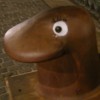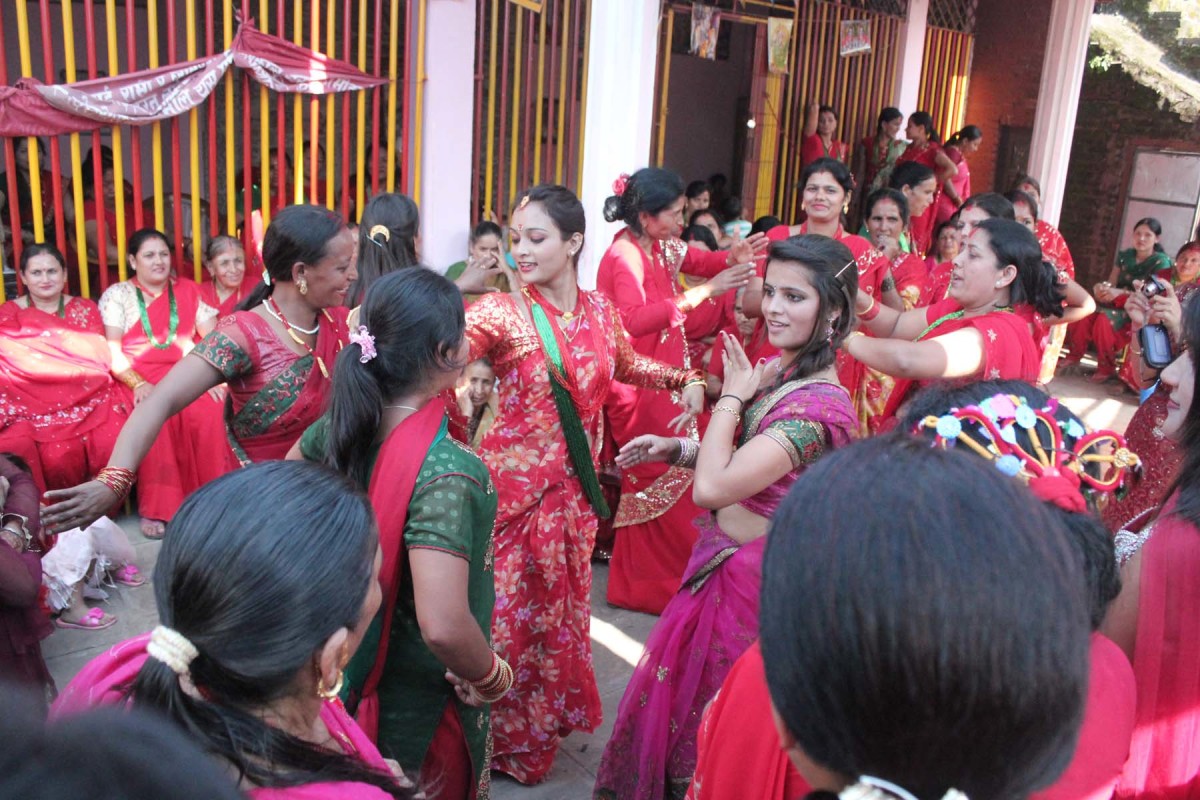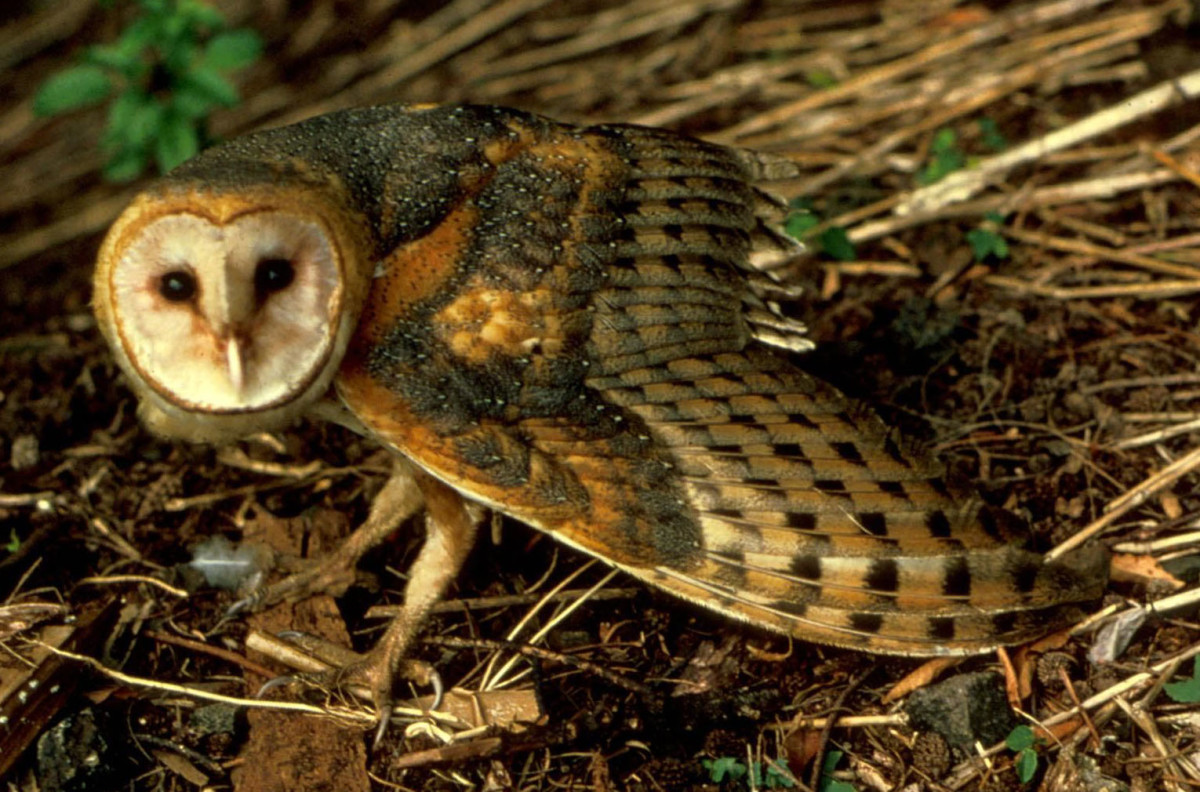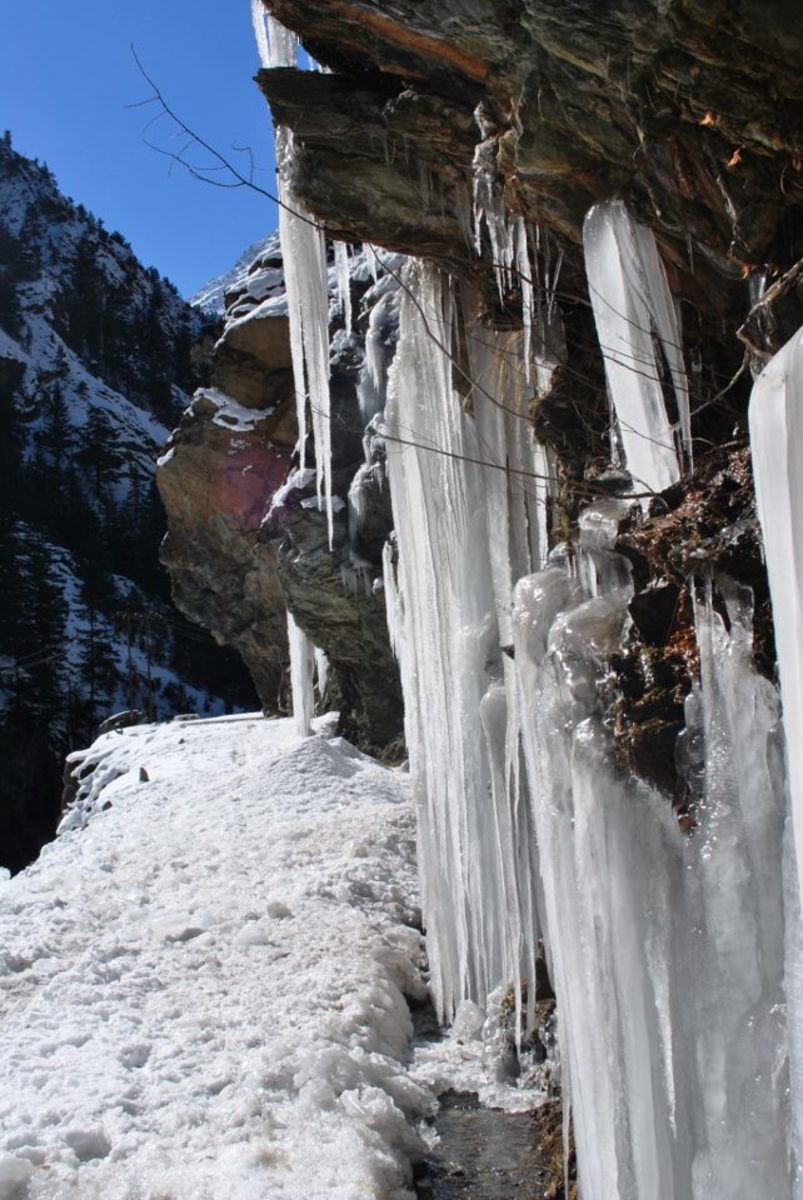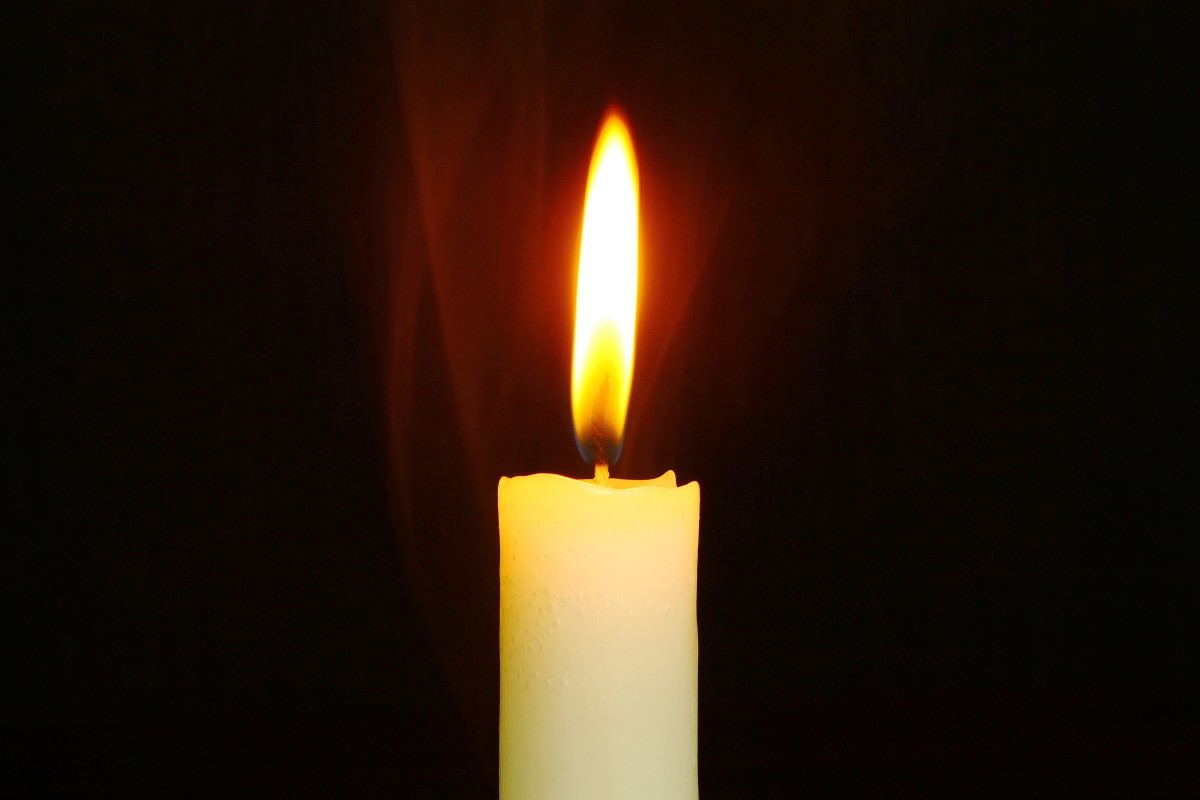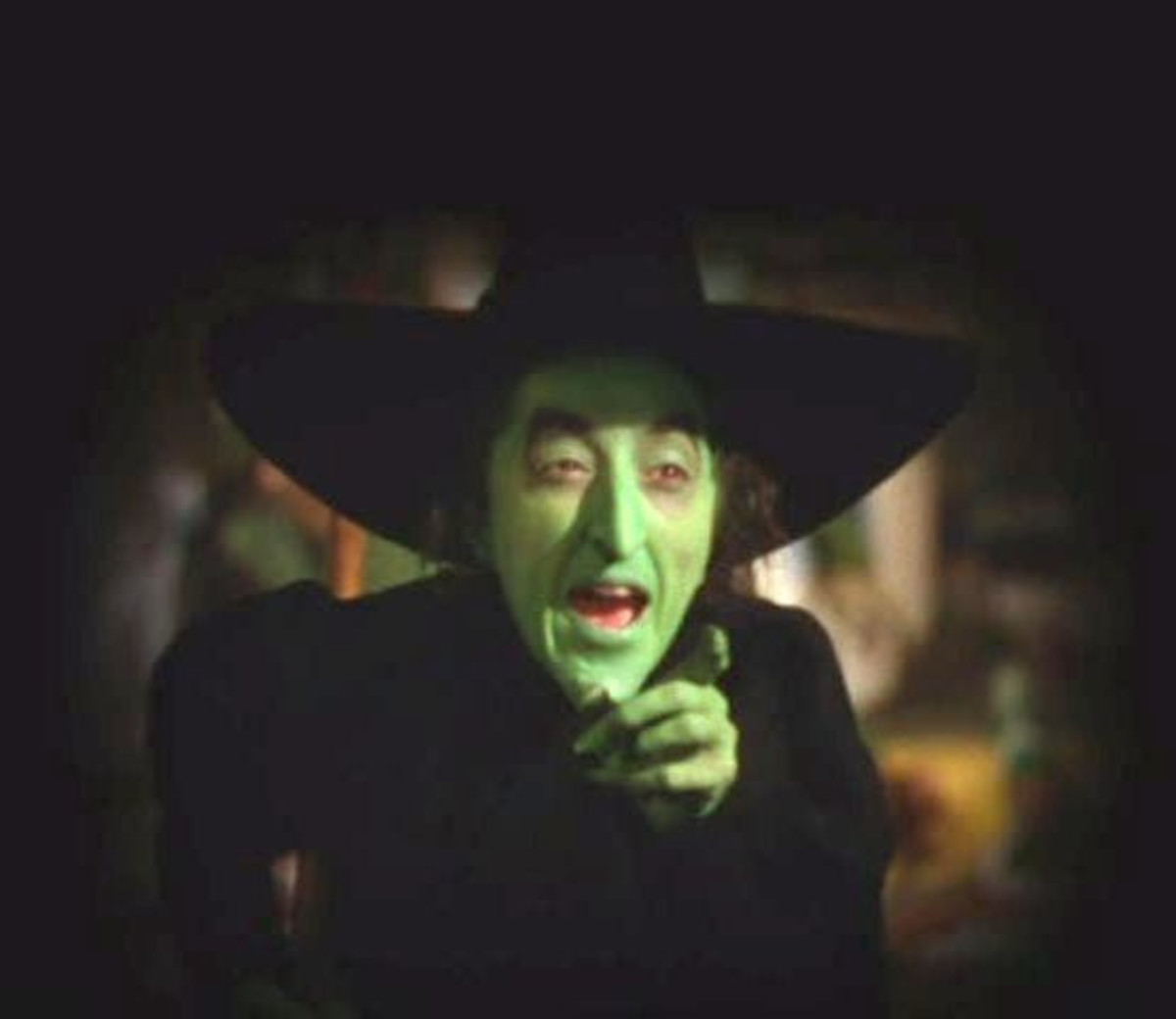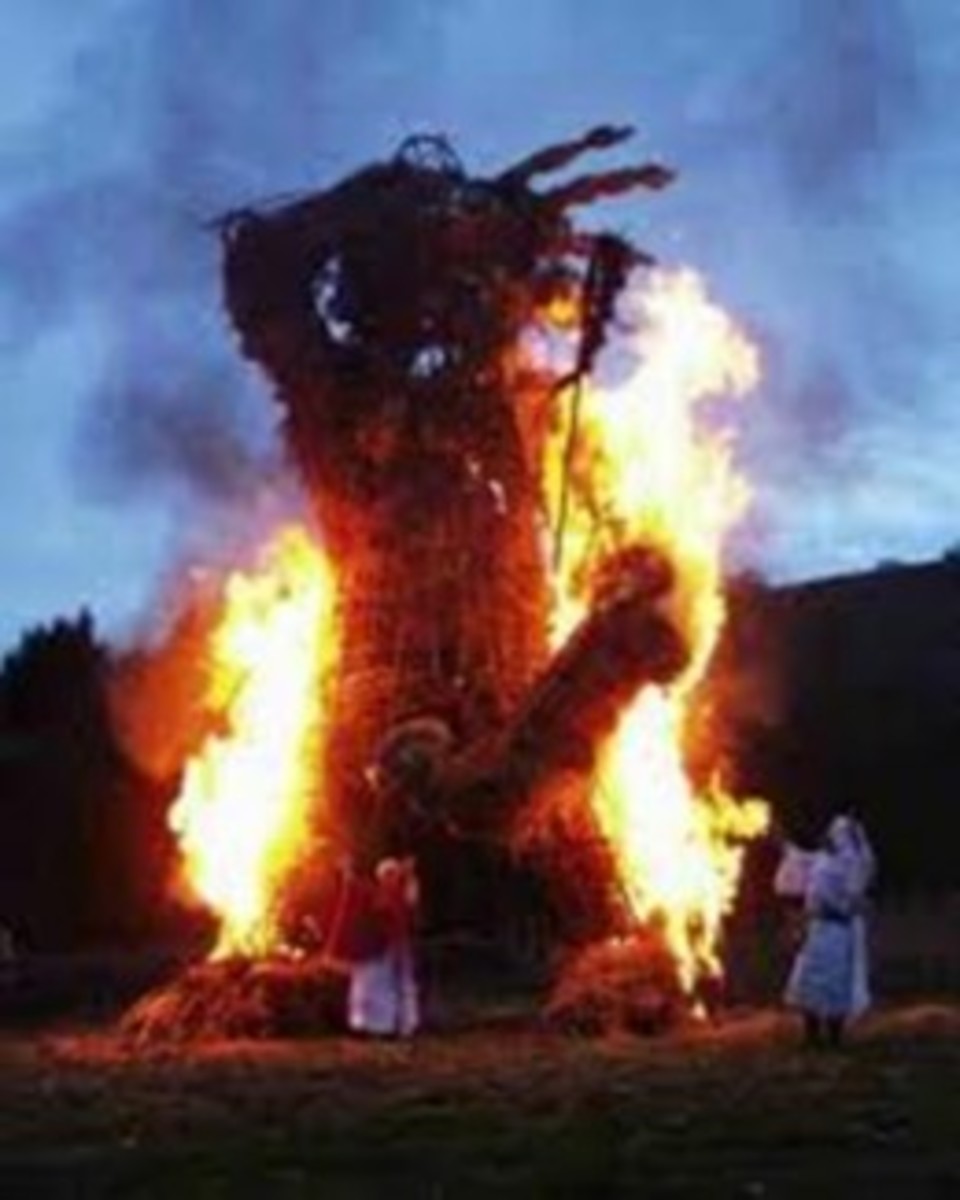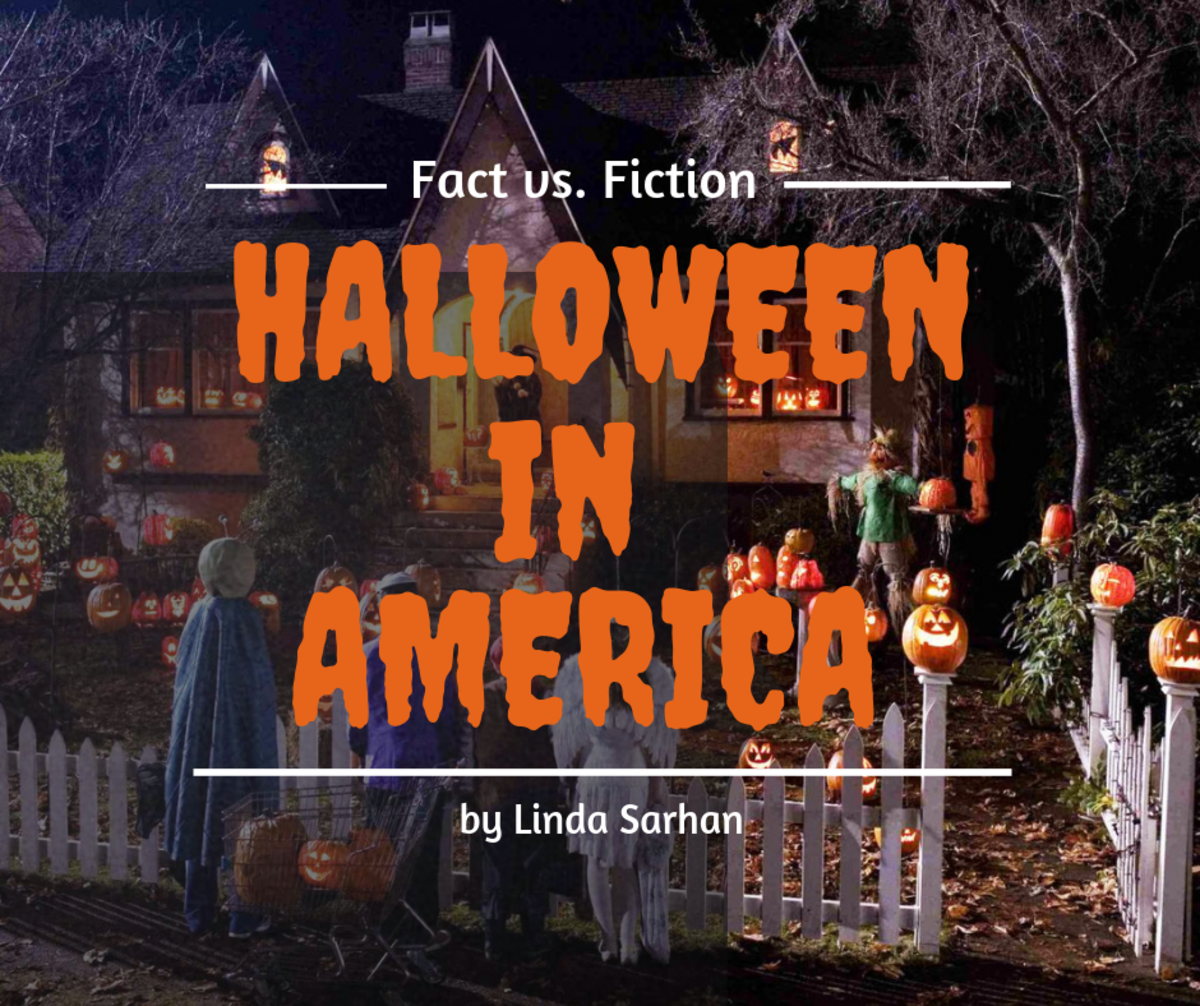Halloween History and meaning
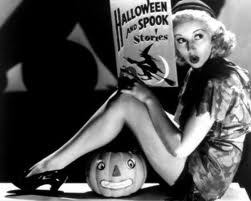
Halloween is a turning point of the year, the time when the cold nights extend further into the lukewarm days and one thinks “Winter draws on, therefore Winter drawers on”. Originally called Samhain (“Summers End”) and pronounced saw-vin it seems to have been a major pagan festival in medieval Ireland, the Isle of the Blessed, that spread to those parts of Britain, the Isle of the Mighty, that raised animals and possibly to the rest of the island. In a nomadic culture the turn of the year would have been a sign to follow the swallows to a warmer land for the winter but with a farm it was time to decide which animals would survive the winter to breed next year and which would be killed and have their meat salted to preserve them. It was regarded as a time when supernatural forces were especially strong and to be guarded against, perhaps, and this is pure speculation, because of the association of the time with the death of so many animals.
Halloween spread from Britain and is now celebrated in many countries. Where daylight saving is practiced the annual ritual of changing the clocks takes place on the last Sunday in October, a reminder to all that the dark half of the year is here and the Summer King gives way to the Winter King, Odin cedes power to Ullr and goes on his wanderings, and the Frost Giants stir in their sleep. The world enters the Wasteland and life is made bearable only by the parties leading up to Yule and Hogmanay and the promise that in six months the wheel will turn again.
Halloween is best viewed from a mythical perspective while bearing in mind historical reality and that the current festival has evolved in response to the needs of the participants and local habits
The History of Halloween
November 1st was the first day of Winter in Medieval Ireland and called Samhain or Samuin, sometimes called the third harvest when animals were culled for winter and warfare and trade ended till Spring. The festival lasted seven days and was accompanied by feasts, games, boasting and brawling. There is no record of any religious festivals associated with this feast.
Irish Immigration into Scotland took the name and festival there, but in Wales November the first was just called Calan Gaeaf, or “First day of Winter”. The Anglo Saxons called November Blod Monath, or Blood Month after the annual slaughter of livestock, but it is not clear whether this had any religious significance and in any case the Scandinavian winter festival started earlier.
Like Beltane (May Eve) the opening of winter was a time when the fairies and witches were especially active. I Wales it was the most feared night of the year, the most feared spirit, in the 19th century being a tail-less black sow, who, in Anglesey, came in a rhyme with a headless white lady and in Wales sat on stiles waiting for victims. In Ireland it was called Puca Night or Goblin Night and had the same reputation. In Scotland the 16th century poet Alexander Montgomerie wrote of it as the night when the fairies rode through the land: Possibly this is related to the notion of the Wild Hunt, but that needs research. In 19th Century in the Shetland Isles a Norse culture prevailed and it was believed that at Hallowmass trolls emerged from their lairs and worked havoc on cattle and crops in the yard.
In the Lancashire Pennines people would walk the hillsides at Halloween at midnight carrying a candle. If the candle went out a witch was nearby and protective measures had to be taken. While some of the fear associated with this time may have come from the later Christian Festival of Halloween much may have come from pre-Christian beliefs.
At Samhain fire was used for protection against spirits, from the candles carried in the Pennines to bonfires, forbidden by the Scottish Kirk in 1589 as Stirling and 1648 in Fife. The evidence seems to establish Samhain as a Celtic fire-festival though the customs were recorded only when they were in decline. In places stones were carefully arranged in the bonfires and examined in the morning for any disturbance as a way of predicting who would die in the coming year. The fire itself was often regarded as keeping the fairies away.
Later the Christian churches created a festival of the dead almost exactly at Halloween, and called it All Souls Night or All Hallows Eve. It seems that the church celebrated a feast of the dead at various times of the year but by around 1200AD the normal date for this was 2nd November.
The first mention of All Hallows is found in Old English (ealra hālgena mæssedæg, mass-day of all saints) but All-Hallows-Even is itself not seen until 1556, though by old tradition a day starts at sunset the day before: This is perhaps why Orthodox Jews have to be home by sunset to observe the Sabbath, if so the tradition of starting a day the evening before is older and more widespread than commonly believed.
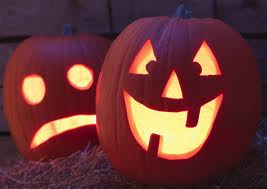
Guising and Trick or Treat
It was traditionally believed that the souls of the dead roamed the world till until All Saints' Day, and All Hallows' Eve provided one last chance for the dead to gain vengeance on their enemies before moving onto the next. As a result Christians disguised themselves in masks and costumes, a custom that has survived as guising.
Guisers (probably this word became the cockney word Geezer – originally someone in disguise [2]) would dress up to avoid recognition by evil spirits, or perhaps to avoid being seen by them, or just as a licence go wild hoping they would not be recognised. A tradition of giving guisers small gifts as sacrifices to placate evil spirits grew up and perhaps became trick or treat. Long before "trick or treat" though, Halloween had become an occasion for ritualised begging: children went round the houses and had to perform a poem or a song or tell jokes before receiving nuts, apples or sweets (candies). In recent years, concern about child safety has reduced the amount of "guising" and the children who do go out seem to think they should get something without having to do a "party piece".
Candles and Lanterns, miniature protective fires were placed round houses, combining the protective functions of the fire with the celtic tradition of the sacred head, a protective figure seen on many old houses.
In brief
The start of November marked a major pagan festival celebrated at the least in those parts of the British Isles that raised animals for food. It was a time when the other world was closest and protective measures had to be taken. These measures varied in space and time and the Christian festival that come later influenced how the November Eve festivals were celebrated.
Today Halloween is a declining festival, condemned by the kind of cleric thinks fun is evil, and is more private among friends, than public but still allows normal social conventions to be set aside for a while, only to re emerge stronger the next day. Trick or treat has declined as the safety of children has become more important but other aspects of the festival live on.
Notes
[1] Stations of the Sun: Ronald Hutton,Oxford University Press 200 ISBN-10: 019285448 ISBN-13: 978-0192854483
[4] Wikipedia
